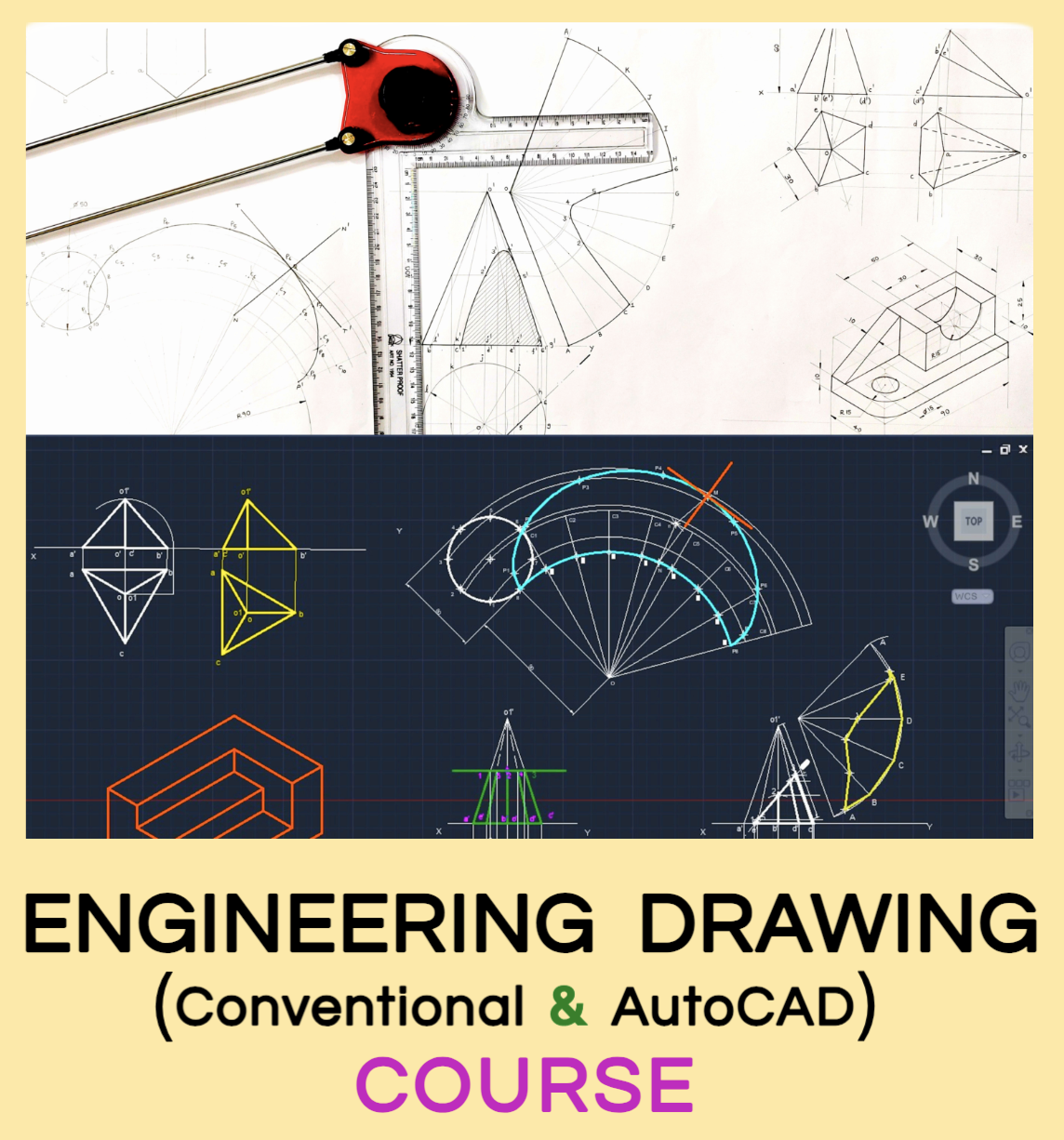Engineering Drawing
About this course
Engineering Drawing is a fundamental subject in the engineering curriculum for several key reasons:
1. Universal Language of Engineering
Engineering drawing provides a standard method for engineers to communicate ideas, designs, and specifications universally. It's a visual language that transcends language barriers, allowing engineers from different regions or disciplines to interpret technical designs accurately.
2. Visualization and Design
Learning engineering drawing helps students develop the ability to visualize objects and structures in three dimensions. It sharpens their spatial awareness, allowing them to transform abstract concepts into concrete designs and plans. This is crucial for disciplines like civil, mechanical, and electrical engineering, where visualizing systems is essential.
3. Precision and Accuracy
Engineering drawings demand a high level of precision and accuracy, which is essential in real-world engineering projects. Learning this subject teaches students the importance of exact measurements, detailed specifications, and clear annotations, ensuring that products or structures are built as intended.
4. Foundation for CAD Tools
Traditional engineering drawing is the foundation for using modern computer-aided design (CAD) tools. Understanding the principles of manual drawing, such as projection, dimensioning, and scaling, prepares students to use sophisticated CAD software more effectively, which is widely used in engineering fields.
5. Problem-Solving Skills
Engineering drawing enhances critical thinking and problem-solving skills by requiring students to represent complex objects and systems in a simplified and interpretable form. It also involves applying principles of geometry and mathematics, which improves analytical abilities.
6. Compliance with Industry Standards
Engineering drawings adhere to international standards (like ISO and ASME), which ensures uniformity and compatibility in engineering practices worldwide. Learning to create and interpret these standardized drawings is crucial for students to work in industry and collaborate on global projects.
7. Interdisciplinary Application
Engineering drawing is applicable across various engineering disciplines—mechanical, civil, electrical, and others. Whether designing mechanical components, electrical circuits, or construction layouts, engineers rely on drawing to ensure their ideas are understood by colleagues, fabricators, and other stakeholders.








